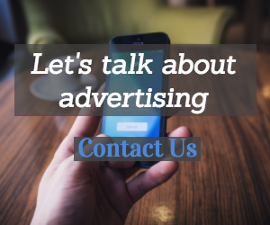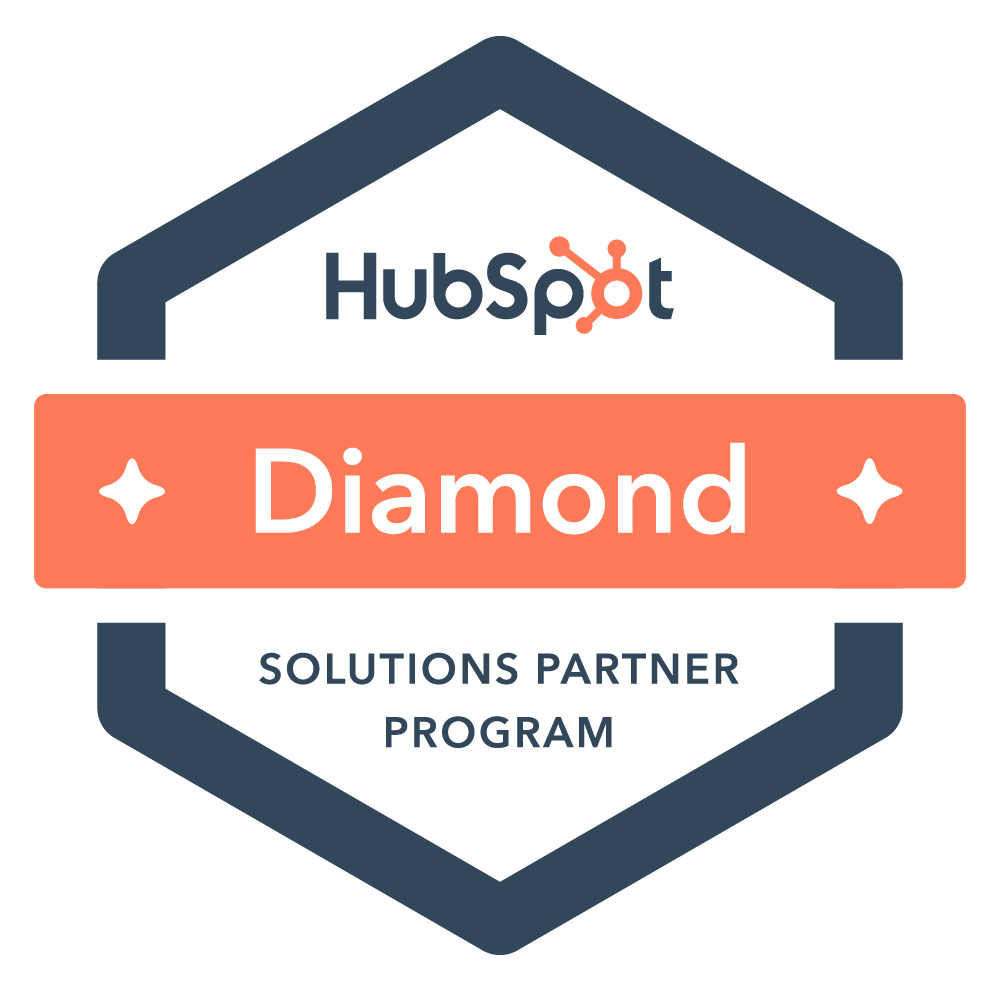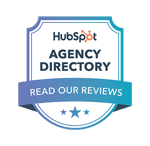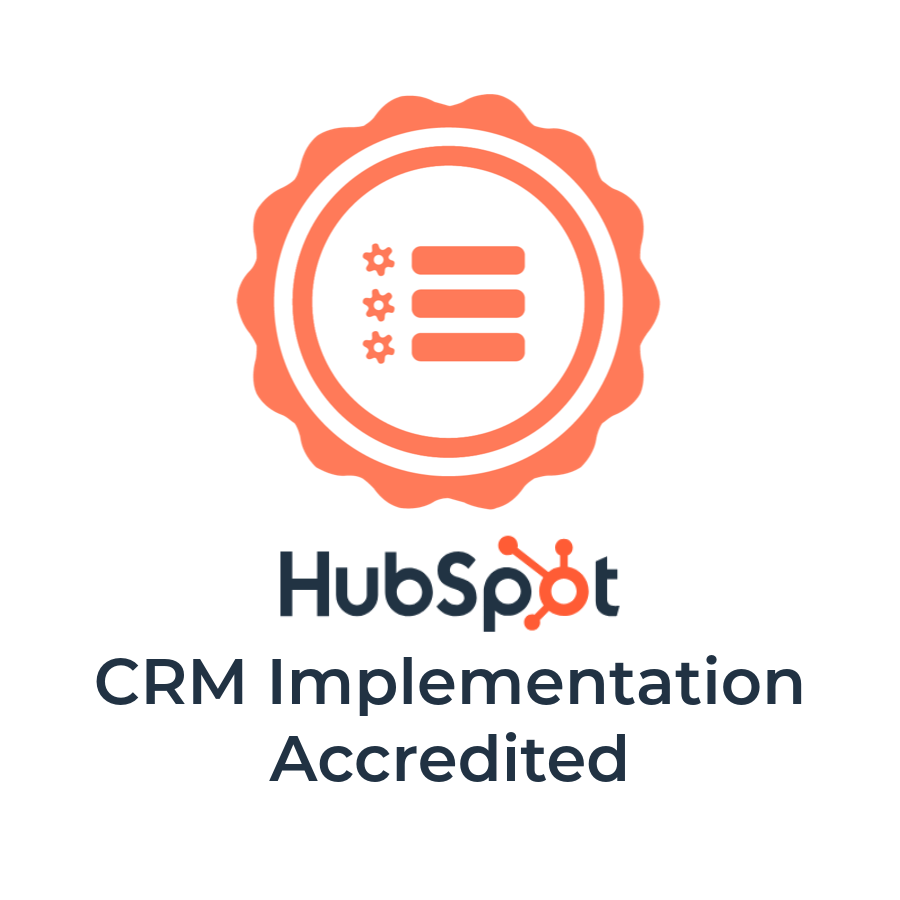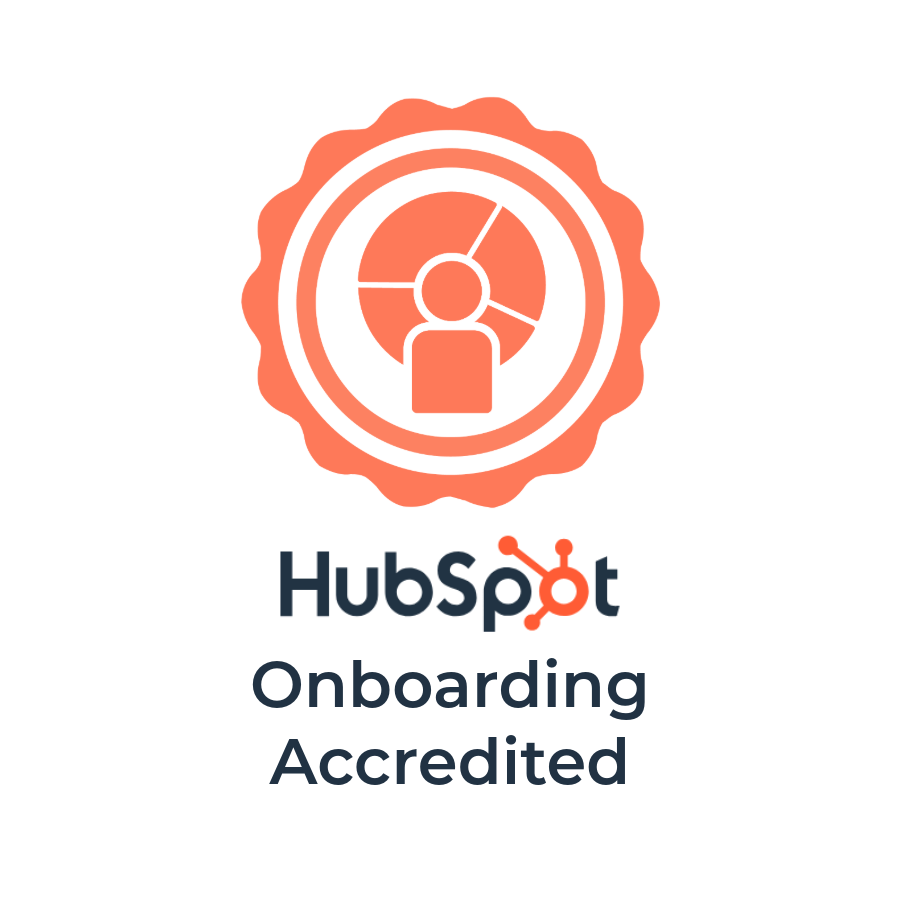How To Promote Great Content With Facebook Ads


Inbound proponents have historically taken an anti-advertising stance as many feel that the practice is counter-intuitive to the inbound methodology. The goal, after all, is to provide relevant content to those seeking information - not force content upon the masses.
With time, however, inbound marketers realized that advertising isn’t what it used to be. It doesn’t have to be interruptive or annoying. When ads are coupled with the right content, brands can get their information in front of more people who are actually looking for what they have to offer. As inbound marketers, it’s important that we don’t discount the value of advertising, but instead start looking at how it can be effectively incorporated into the inbound methodology.
One of the best ways to provide real value to potential customers is with a free ebook. Ebooks allow you to provide long-form content that shows your expertise and provides insights that benefit your audience. They also allow you to obtain information on qualified leads who are interested in what you’re offering and are ideal for retargeting. In this post, I’ll cover some key tactics that will help you create an ebook and run effective ads for it.
Creating Your Ebook
The content creation process for an ebook begins with buyer personas. Establishing who your buyer personas are before creating content gives you the best chance of resonating with an audience. Instead of trying to pull ideas or topics out of the air, you can hone in on the type of content your persona would find enjoyable, and speak directly to their pain points, needs and interests. If you haven’t created buyer personas yet, check out this post.
You can shorten the testing phase for your content by having a solid inbound strategy in place before you create an ebook and start running ads for it. One of the best ways to create an ebook is to draw from pre-existing blog posts that have received good engagement in the past.
Gather four to five of your best performing blog posts. Then rework them and add in new content so that they flow cohesively. These posts can serve as a framework for the chapters of your new ebook. Once you’ve established the content you want to use, you can create the ebook using one of the many online ebook tools available. It’s usually best to use awareness stage content in your ebook. So, look for content that speaks to the challenge your persona is trying to solve and provides a confirmation of that challenge with expert opinions on the topic.
Promote Content to Your Existing Audience
Before running ads for the ebook, you’ll want to test out how well the ebook resonates with your existing audience. Start by promoting it through your traditional (non-paid) channels. Examples of this include:
- Adding a CTA to the ebook within relevant blog posts on your site
- Writing a new blog post promoting the ebook
- SEO for web pages that direct to your ebook’s landing page
- Sending out an email informing your customer base about the ebook’s release
- Posting about the ebook throughout your social channels
- Promoting the ebook on your homepage
The goal with this is to get feedback so you can optimize your landing page and messaging before running your ads. Measure your unpaid promotion results as much as possible to make sure you have the right people coming toward you. Getting people to fill out a form isn’t the end-goal, it’s a step in the process. As with any inbound program, it’s important to keep an open line of communication with your sales team to make sure the leads you’re generating are qualified. If the leads are solid and your landing page is converting well (about 20%), you’re ready to start running targeted ads.
Expand Your Audience With Paid Ads
The advertising process requires consistent refinement and split testing. Start out with a small budget of about $50 per day on Facebook (or whichever social network you’re using) and run multiple variations of ads that incorporate different combinations of copy and creative.
Social advertising is smart and adaptive. As one of your ads begins to perform better than the rest, the platform will automatically push that ad out to more people. Stick with top performing ads as long as they’re successful, but monitor performance carefully. Most ads fall off after about two weeks. So always be prepared with new advertising ideas. Refreshing platforms with new creative is always a good idea - regardless of an ad’s individual performance.
Don’t be afraid to experiment with new and different images, copy, and targeting variations. As you start to see what’s working, you’ll be able to connect more deeply with your audience. As stated previously, good inbound advertising starts with an established inbound strategy. It’s much easier to be successful with your ads if people are already finding you organically.

